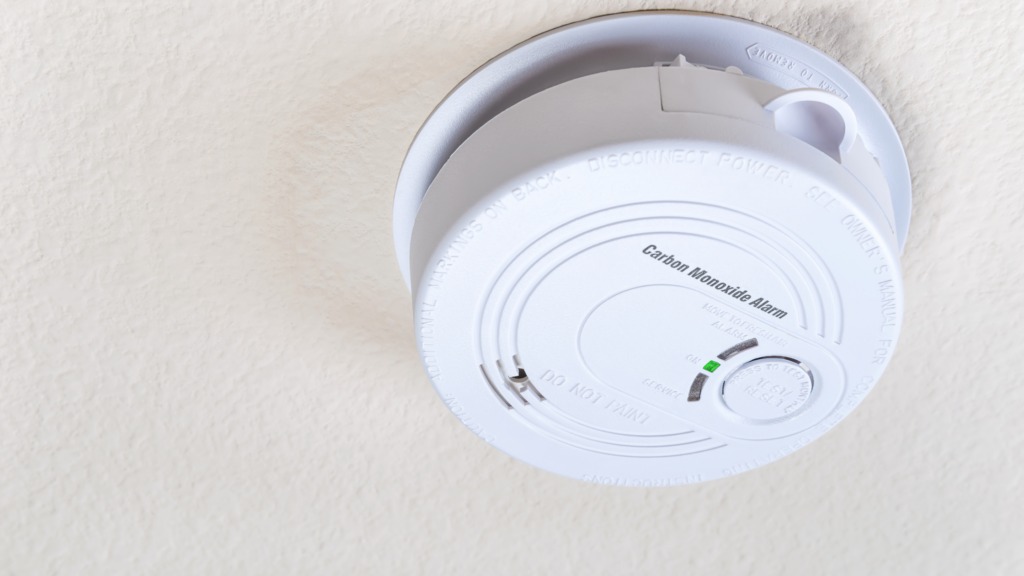
Carbon Monoxide is a colorless, odorless, and flammable gas that sends approximately 100,000 people to the ER each year due to inhalation and sadly kills over 400. So where does this poisonous gas come from? It is produced when fuel is burned. This can happen in cars, fireplaces, stoves, furnaces and even dryer vents. When it builds up in your home, it can cause symptoms including weakness, headaches, dizziness, nausea, and drowsiness. It can even cause death. Unlike fire, carbon monoxide enters your home with no warning and cannot be detected without special sensors and alarms. You will not know if your home has a carbon monoxide leak unless you have a detector.
This is a silent killer and is the reason why you should invest in carbon monoxide detectors for your home and business. Make sure to install alarms on every floor of your house and in or outside of each bedroom where people will be sleeping. The point of a carbon monoxide detector is to alert people to the gas so you want to make sure everyone in the house can hear the alarms.
Some carbon monoxide detectors can “pause” your furnace to prevent the additional spread of fumes. Additionally, when monitored by a security company, it can even alert authorities so you can focus on getting out of the house knowing that help is on the way. Batteries should be changed every six months, while the lifespan of a carbon monoxide detector is roughly 5 to 7 years. Most detectors have a beeping system to alert you to low batteries or when it’s reached the end of its life, but you should set a reminder as well.
If you suspect a carbon monoxide leak in your home or business, make sure to evacuate the premises and call 911. Don’t try to air out your home on your own. You need to get to fresh air immediately. Carbon monoxide can overcome someone quickly and since it has no odor or color, you may not know you are breathing it in until it’s too late. Keep your family as safe as possible by investing in carbon monoxide detectors.